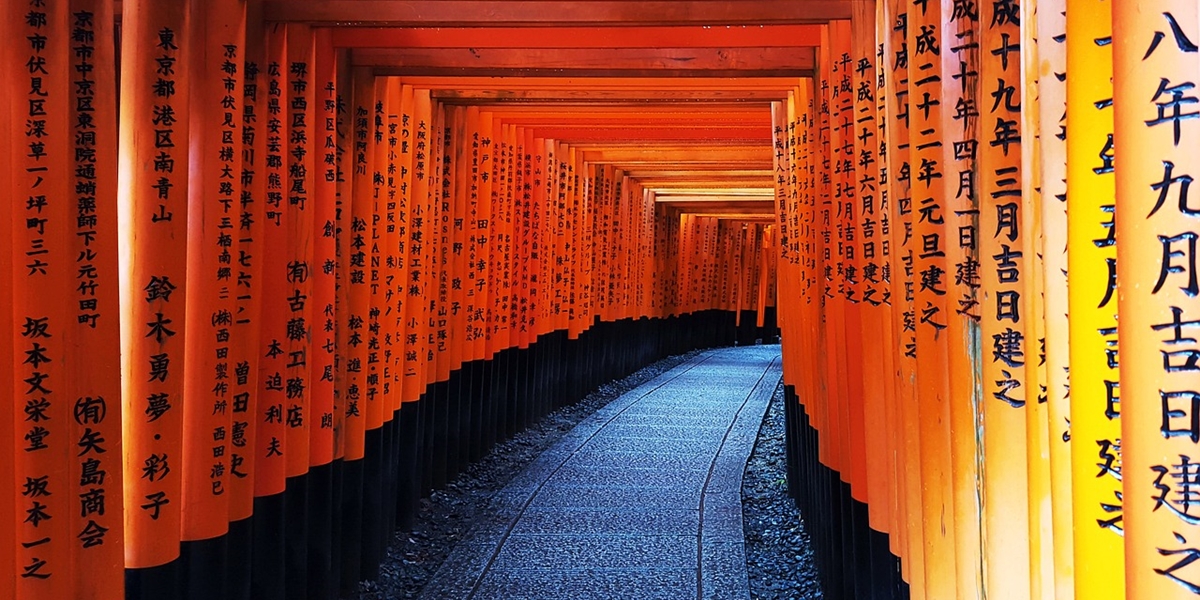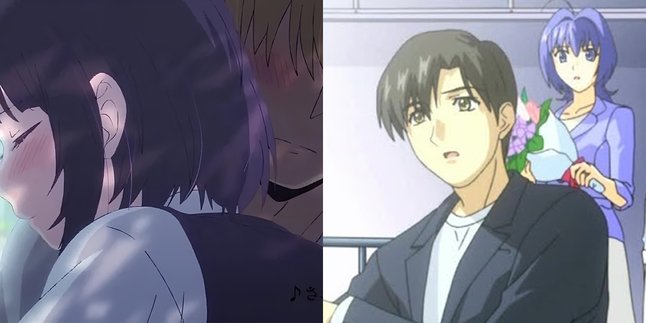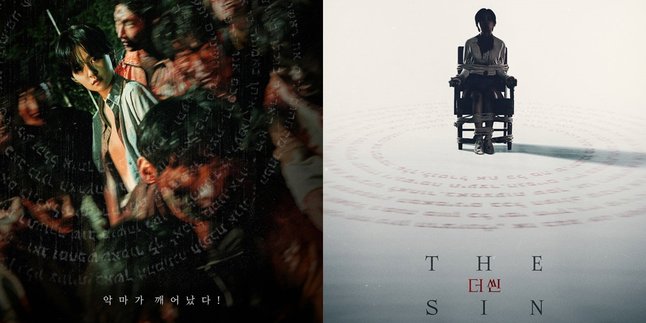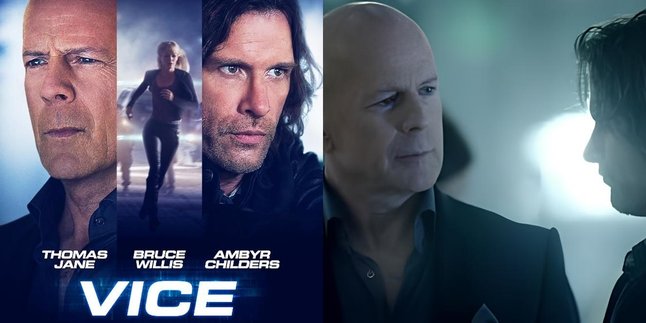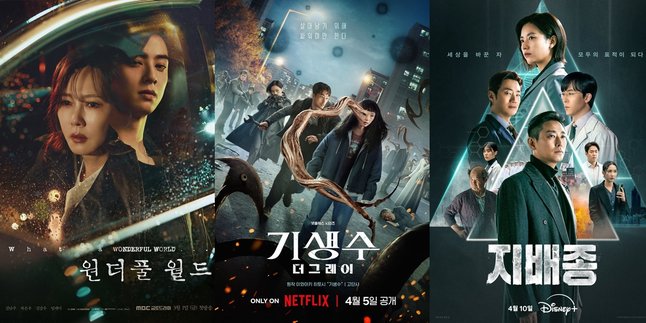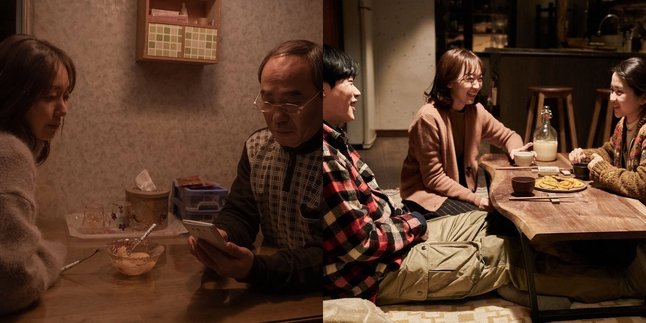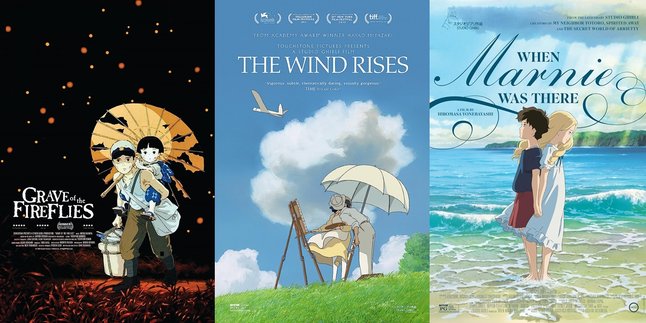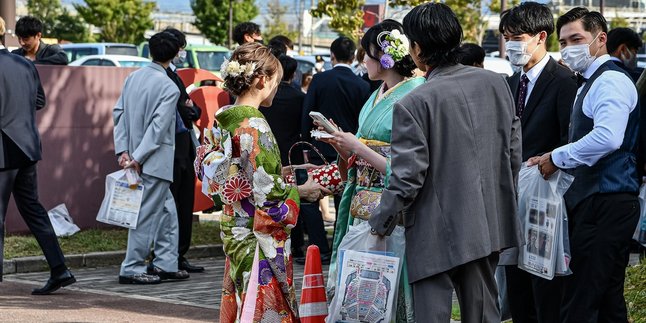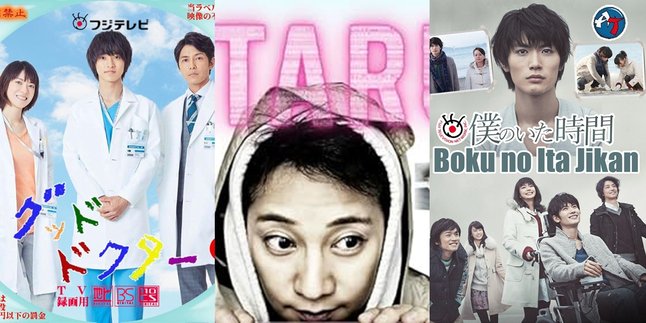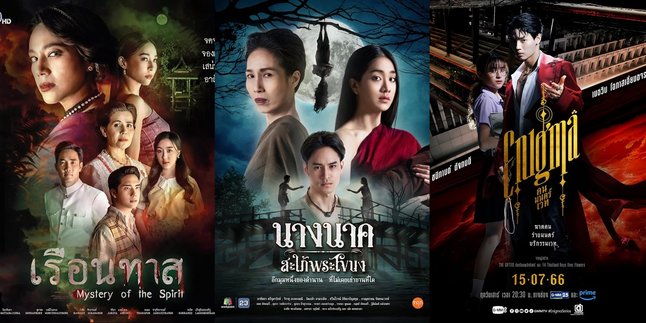Kapanlagi.com - In the diversity of Japanese culture, understanding of "Stories" or "Monogatari" or "Sutori" has its own depth and complexity. And in this article, Kapanlagi will provide a complete understanding of stories in the Japanese language along with various types that you can know.
From folklore to modern works, this concept enriches the Japanese literary heritage with various inspiring narratives. By understanding this concept, we can appreciate the beauty and uniqueness of stories that have become an inseparable part of the history and identity in Japanese culture.
Let's learn more about how to understand stories in Japanese language which not only serves as entertainment media, but also reflects the values, traditions, and rich imagination in Japanese culture.
1. What is a Story in Japanese?

Illustration (credit: pixabay.com)
What is a story in Japanese? A story in Japanese can be called "monogatari" or "sutori". However, the term that is more commonly used is monogatari, which usually refers to a narrative or story in any form, whether it be in the form of Japanese literature, film, manga, anime, and so on.
Meanwhile, sutori is also used in a similar context, but sutori refers more to stories in modern works such as films, television, and video games. So, although both refer to the concept of a story or narrative, monogatari is more often associated with classic and traditional tales.
Usually, these traditional values are in the form of history and culture, while the term sutori is more often used in a modern context with a focus on stories in popular media. Now, to understand it better, here are some differences between the concepts of monogatari and sutori in Japanese:
Monogatari
1. Monogatari is a more traditional term and is often used to refer to stories in classic Japanese literature, such as "Genji Monogatari" or "Heike Monogatari".
2. The word "monogatari" often has a deeper nuance, related to stories that have important historical, cultural, or spiritual value in Japanese society.
3. Monogatari also includes stories in a more traditional form, such as folk tales or myths, and often emphasizes elements such as nature, symbolism, and Japanese philosophy.
Sutori
1. The expression sutori is borrowed from the English word "story", and is more commonly used in modern contexts, especially when referring to stories in media such as film, television, manga, or video games.
2. The term "sutori" tends to be more general and does not have strong historical or traditional connotations like "monogatari".
3. And sutori often relates to more contemporary stories, with a more linear plot and a focus on character development or dramatic events.
2. Types of Stories in Japanese
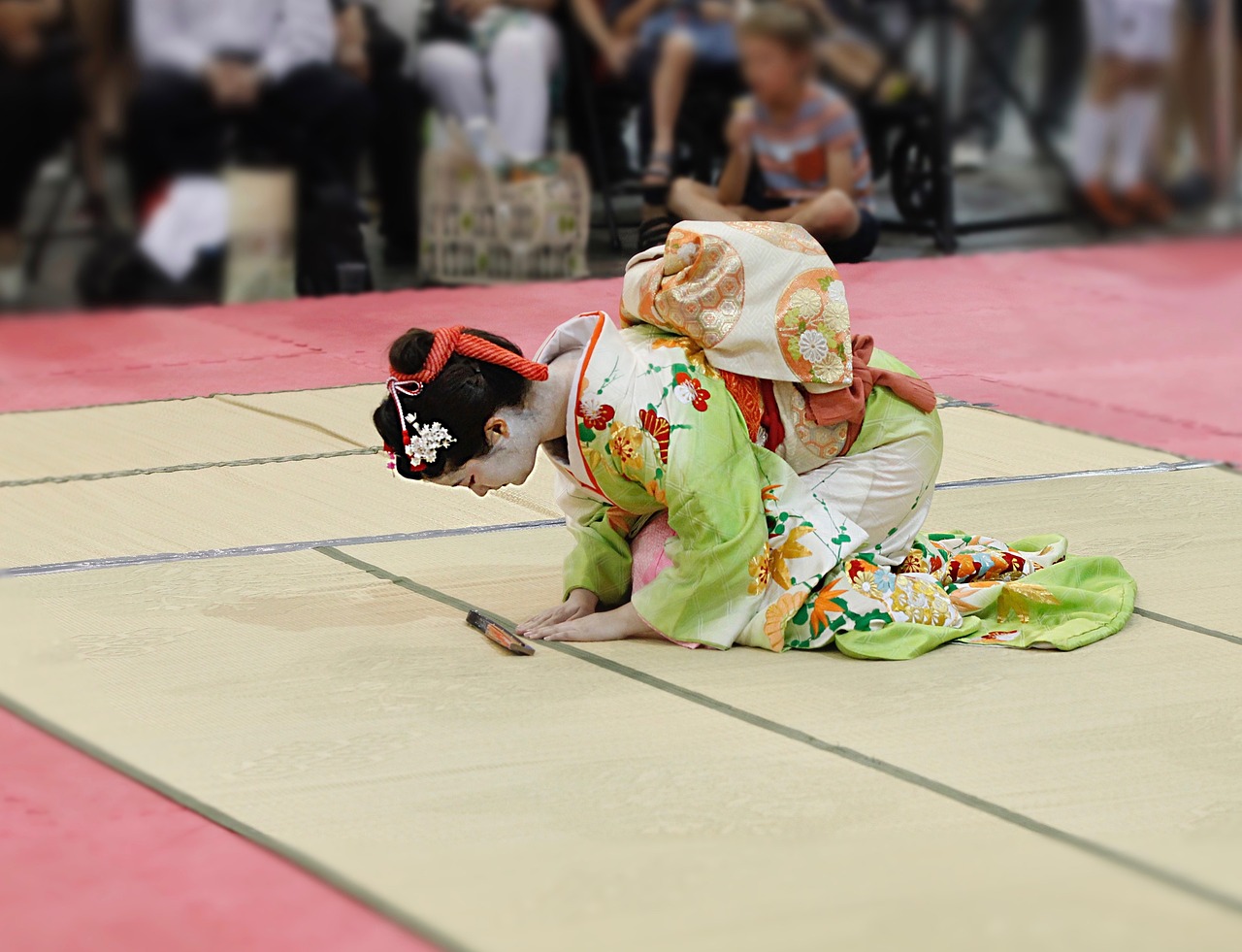
Illustration (credit: pixabay.com)
Well, after understanding the meaning of the story in Japanese, of course you need to know what are the types of stories in Japanese, whether it's monogatari or sutori.
There are several examples of various types of stories in Japanese culture, and each type has its own characteristics and storytelling style. Here are some of the types:
1. Folklore (Minwa/Minzokugatari)
Traditional Japanese stories that tell myths, legends, and folk tales. Examples include stories about yokai (supernatural creatures), legendary samurai, or stories about gods and goddesses.
2. Fairy Tales (Marchen/Mukashibanashi)
Stories that often have fantasy elements, with characters like fairies and monsters. A famous example is the stories collected in the book "Momotaro" (Peach Boy) and "Urashima Taro".
3. Historical Tales (Rekishi Monogatari)
Stories based on historical events or historical figures in Japan, often with some added fictional elements. For example, stories about famous samurais or the lives of nobles in the past.
4.Modern Fiction (Gendai Shosetsu)
This type consists of modern fiction stories written in the form of novels, short stories, or manga. Genres such as drama, romance, mystery, and fantasy are very popular in these works.
5.Manga/Anime
Then there is the type of manga or anime that is already familiar. Japan is famous for its manga and anime industry that produces various types of stories, ranging from adventure stories, romantic stories, to science fiction and fantasy stories.
6.Kabuki/Noh
For this type of story in Japanese, it is a story for traditional Japanese dramas such as Kabuki and Noh, which also contain strong story elements, often based on Japanese mythology or history.
7.Haiku and Tanka
Although shorter, poetic forms such as haiku (three lines with a 5-7-5 pattern) and tanka (five lines with a 5-7-5-7-7 pattern) can also convey strong stories or descriptions. Until it becomes one of the types of stories in the Japanese language.
That is the understanding of stories in the Japanese language complete with their types. With this understanding, we can appreciate the beauty and uniqueness of stories in Japanese cultural heritage.
(kpl/dhm)
Disclaimer: This translation from Bahasa Indonesia to English has been generated by Artificial Intelligence.
